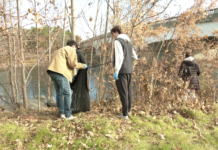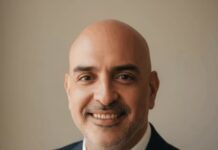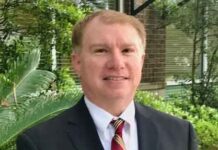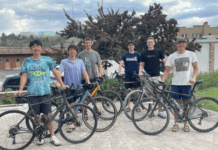
At the April 1 Student Government Association (SGA) meeting, President Jack Hilton proposed placing Narcan stations across campus. The SGA would help front the cost of the proposal in partnership with the Interfraternity Council (IFC).
Narcan, which is the brand name for the medication Naloxone, rapidly reverses opioid overdoses and quickly restores someone’s breathing when they’re overdosing. There are two ways Naloxone can be administered: by injection or nasal spray. Narcan is the nasal spray form of Naloxone.
There are multiple opioids a user can overdose on. The most common are fentanyl, oxycodone, codeine and morphine.
Opioid abuse has become a widespread issue in the United States. In 2021, 45 people died every day from opioid overdoses. From 1999 to 2021, 280,000 Americans fatally overdosed on opioids. From July 2019 to December 2021, 91.3% of drug-related deaths for persons aged 10 to 19 years old were from opioid use.
Hilton explained that the Narcan stations would be placed in the same spot as the AED defibrillators in each campus building.
Spotting the signs of an opioid overdose is essential to saving the life of an inebriated person. Signs of an opioid overdose are when a person is breathing very slowly or no longer breathing, making gurgling sounds, unconscious and unresponsive and when their lips are a blue or greyish color.
If someone is suffering from an opioid overdose, those surrounding them need to call emergency services, administer Narcan and perform CPR if the person doesn’t respond to the Narcan. The person overdosing does not have to breathe in the Narcan, as the medication works by being absorbed through the mucus membrane.
A response to Narcan can take two to three minutes for the person to react. If the administration of Narcan is effective, those helping should place the person overdosing on their side and should elevate the head while waiting for medical help. If the person is still unresponsive, administering further Narcan is suggested.
Hilton explained that he and the IFC are still in talks for the planning of the proposal. He asked the officers and committees to speak to him later about the plan and if they had questions or concerns.

















